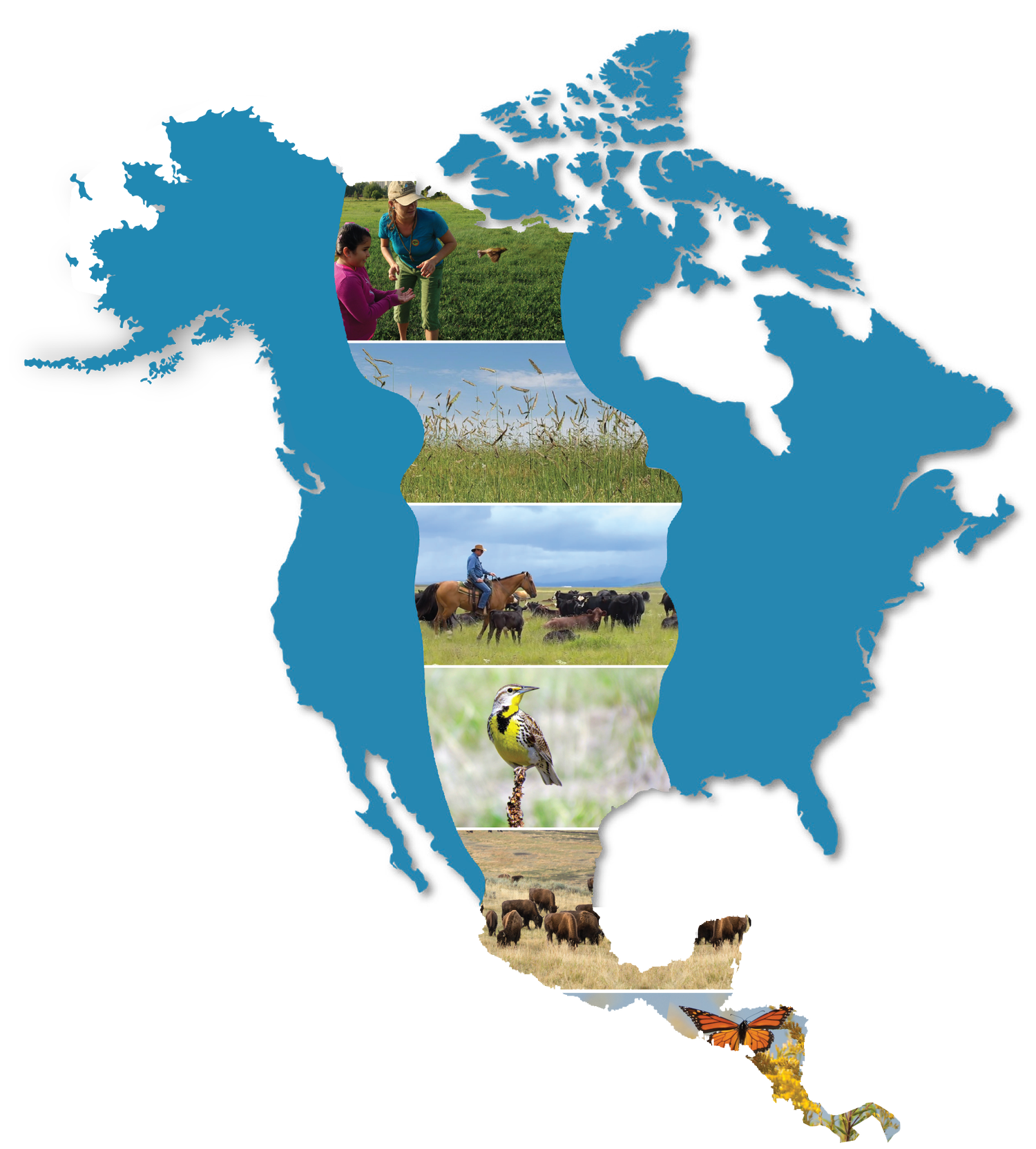
Identifying Potential Landscapes for Conservation Across the Central Grasslands of North America: Integrating Keystone Species, Land Use, and Climate Change
Our team is developing a large-scale collaborative conservation planning initiative for North America’s central grasslands. This effort focuses on black-tailed prairie dog (BTPD) ecosystems. Prairie dogs are keystone species and their conservation and management often lies at the core of many conservation efforts across the region. Through mapping and ecological modelling, our team is working to identify potential landscapes for conservation …
Sustainable Grazing Lands Factsheet
According to The Nature Conservancy (TNC), grazing has the largest ecological footprint of any agricultural activity. In collaboration with landowners, public and private organizations, and government agencies, TNC hopes to transform the practices of the $76 billion beef industry to be more environmentally sustainable and place the livelihood of natural grassland ecosystems first.
A Full Annual-Cycle Conservation Strategy for Sprague’s Pipit, Chestnut-collared and McCown’s Longspurs, and Baird’s Sparrow
Collaboration between the Fish and Wildlife Service and Prairie Pothole Joint Venture spawned a long-term strategy centered around the preservation of four “priority” grassland species. Along with the work of 20+ partner organizations, the conservation plan outlines the future work of state agencies, federal agencies, and NGOs ranging from Mexico, the US, and Canada.
AWFA Grassland Working Group Gap Analysis
The AWFA Grassland Working Group (GWG) is a cooperative established to share resources and findings among conservation groups throughout Canada, the U.S., and Mexico. The GWG is conducting a tri-national survey to determine which projects need additional funding and other resources.
The Motus Wildlife Tracking System
“Working collaboratively to cover more ground,”
written by Stu Mackenzie, Director of Migration Ecology, Birds Canada
Understanding how, where, and why birds migrate the way they do is crucial to protecting them. But the science of avian migration can be complex and consuming, requiring the collaboration of many researchers and advanced technology. The Motus Wildlife Tracking System tackles both of these requirements in one: a groundbreaking research network that employs coordinated automated radio telemetry to track the movements of birds, bats, and insects.





